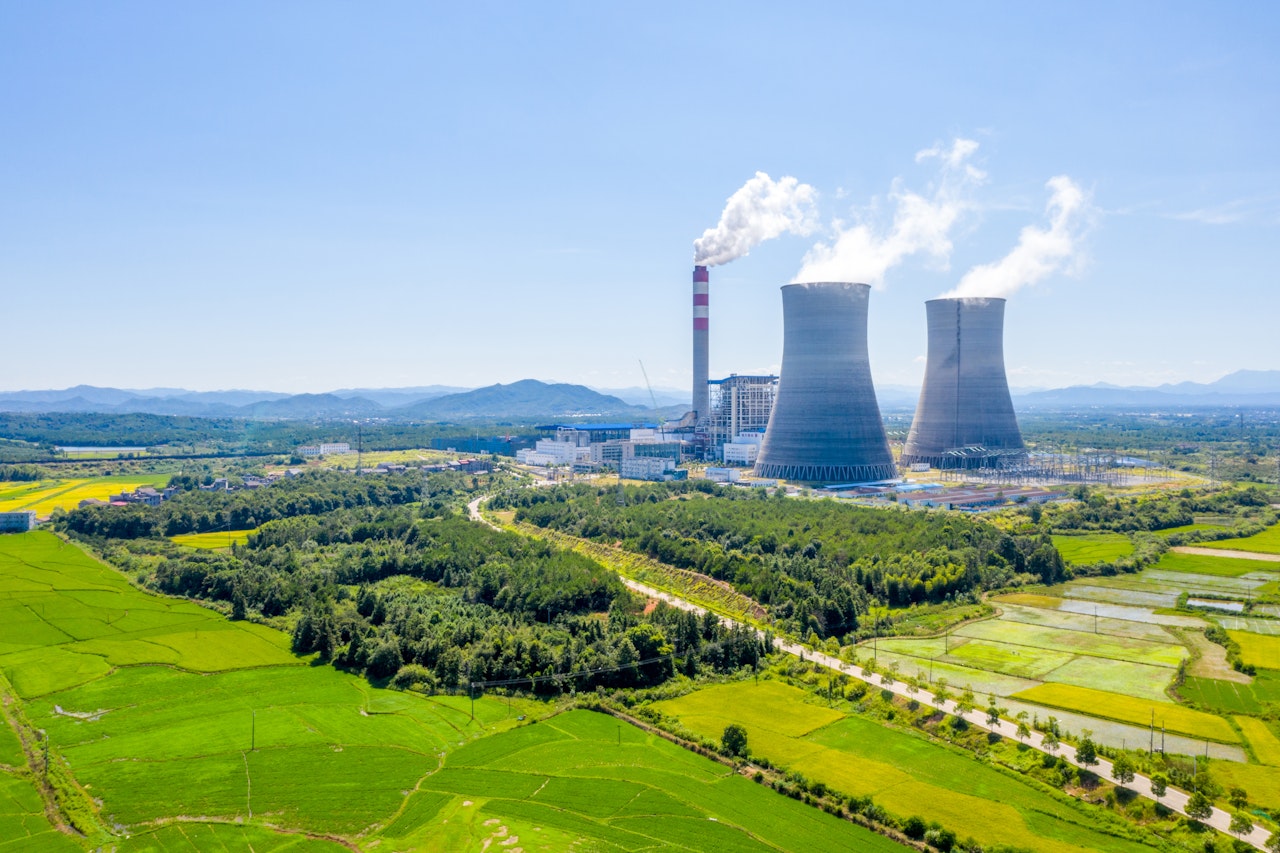Enhancing China’s ETS for Carbon Neutrality: Introducing Auctioning
Lessons from international experience

About this report
The pace of emissions reductions of the People’s Republic of China (“China” hereafter) over the coming decades will be an important factor in global common efforts to limit global warming in line with the Paris Agreement. China’s national emissions trading system (ETS) came into operation in July 2021, and is an important policy instrument for achieving its stated climate ambition of peaking CO2 emissions before 2030 and achieving carbon neutrality before 2060. This report, Enhancing China’s ETS for Carbon Neutrality: Introducing Auctioning – Lessons from international experience, responds to the Chinese government’s invitation to the IEA to co-operate on carbon emissions trading systems. It shows how introducing auctioning could strengthen its national ETS and help China accelerate the clean energy transition and advance towards its climate ambitions. Drawing on international experiences on implementing allowance auctioning in ETS systems, this report explores policy aims and outcomes, key design and implementation elements, and the use of auction revenues. It aims to inform policy makers in China and other jurisdictions considering including allowance auctioning in their ETS design or development. It includes a series of policy insights tailored to China’s national circumstances to inform the domestic policy making process.